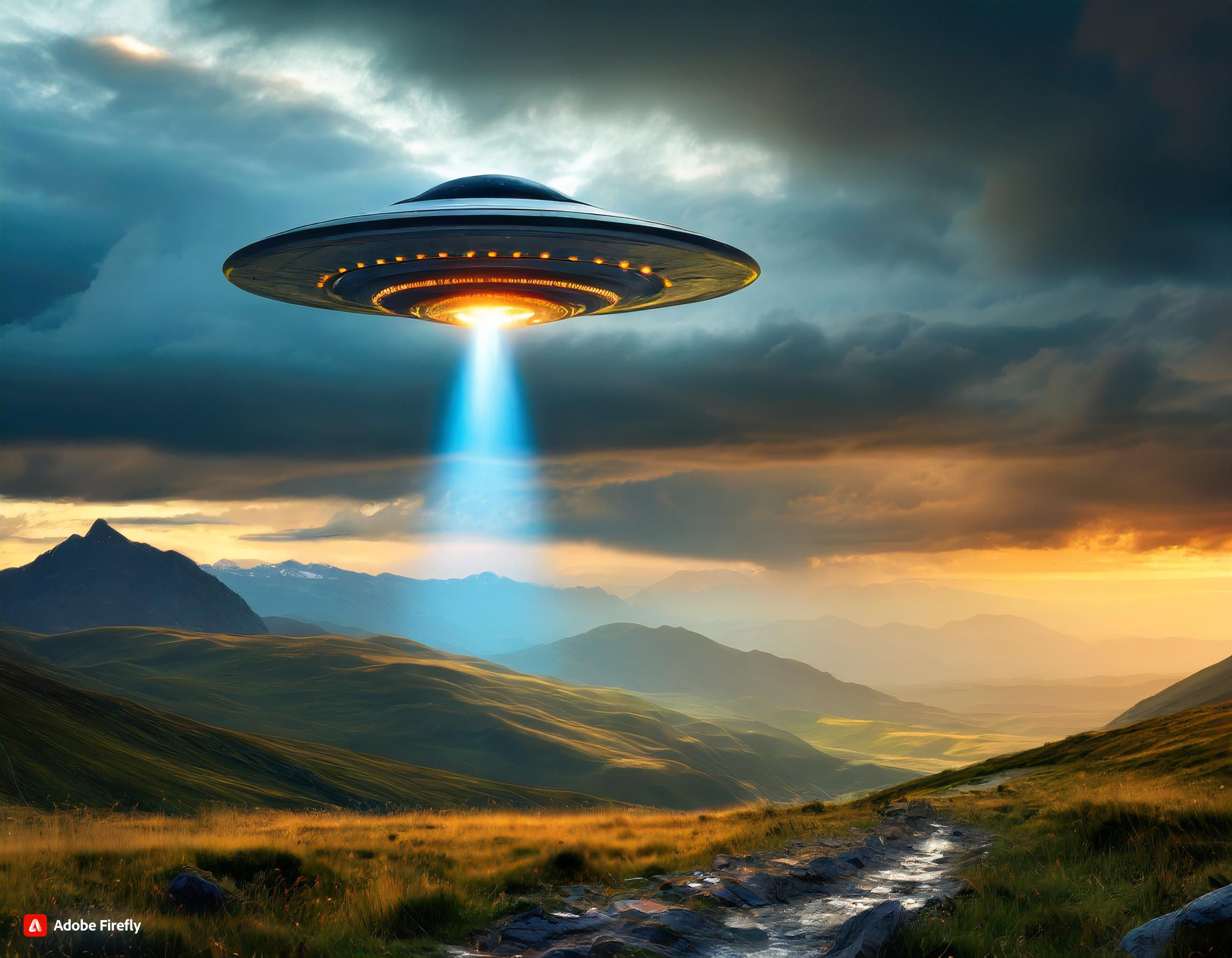Unidentified Flying Objects (UFOs) have long captivated the imaginations of people around the world. Countless sightings have been reported throughout history, sparking questions about these mysterious phenomena. Today, with advancements in technology and geospatial analysis, researchers are delving deeper into the patterns and correlations behind UFO sightings. By examining the role of technology in tracking UFOs, analyzing environmental factors, identifying time trends, exploring hotspots, conducting demographic analysis, and mapping case studies, we can gain valuable insights into this age-old enigma.
The Role of Technology in Tracking UFOs
Technology has revolutionized the way we track and document UFO sightings. With the advent of smartphones and social media, individuals can easily capture and share their encounters with the world. This wealth of data provides researchers with a vast pool of information to analyze. Additionally, specialized equipment such as radar systems and night vision cameras enable scientists to gather more accurate and detailed data, helping to unravel the mysteries surrounding UFO sightings.
As technology continues to advance, so does our ability to investigate these unexplained aerial phenomena. Powerful telescopes, satellite imagery, and even drones equipped with high-resolution cameras allow us to scrutinize the skies like never before. By harnessing these technological tools, researchers can better understand the nature of UFO sightings and ultimately shed light on their origins.
Correlating UFO Sightings with Environmental Factors
Another intriguing avenue of research involves correlating UFO sightings with various environmental factors. Scientists have found that certain weather conditions, such as clear skies or low humidity, can potentially increase the likelihood of UFO sightings. By studying these patterns, researchers can narrow down the timeframes and locations most conducive to witnessing these extraordinary events.
Furthermore, geospatial analysis allows researchers to examine the proximity of UFO sightings to man-made structures, such as power plants or military bases. This correlation may provide insight into whether these sightings are merely a result of human activities or if there is a deeper connection between UFO phenomena and our infrastructure.

Time Trends in UFO Sightings
Over the years, UFO sightings have displayed intriguing patterns and time trends. By conducting a comprehensive analysis of historical data, researchers have observed fluctuations in sightings that coincide with significant events or cultural phenomena. For example, during periods of heightened public interest in space exploration or alien-related movies, there tends to be an increase in reported UFO sightings. Exploring these temporal trends can help us better understand the psychological and sociological factors that influence UFO perceptions.
Moreover, tracking temporal patterns may provide valuable clues regarding the nature of UFO sightings. By identifying recurring timeframes or seasonal variations, researchers can develop theories about the behavior and characteristics of these enigmatic objects. Analyzing time trends can be a stepping stone towards unraveling the mysteries surrounding UFOs.
Hotspots for UFO Activity
Geospatial analysis allows us to identify hotspots for UFO activity, areas where sightings are more prevalent than others. By plotting these hotspots on a map, we can visualize the concentration of unexplained phenomena, potentially revealing patterns that may not be immediately apparent. These hotspots offer researchers a starting point for further investigation, as they may hold important clues about the nature and origins of UFO sightings.
Studying hotspots can also provide insights into the behavior of UFOs. By analyzing the frequency and characteristics of sightings in these areas, researchers can begin to piece together the puzzle of their trajectories and flight patterns. These findings can help us discern whether the observed phenomena are natural or represent a form of intelligent extraterrestrial activity.
Demographic Analysis of UFO Witnesses
Who are the people witnessing these otherworldly encounters? Demographic analysis plays a crucial role in understanding the individuals who report UFO sightings. By examining factors such as age, gender, education, and occupation, researchers can gain valuable insights into the demographics of witnesses.
Such analysis often reveals commonalities among witnesses, providing a deeper understanding of the sociological aspects of UFO sightings. For instance, demographics may shed light on whether UFO sightings are more prevalent among certain groups or regions, offering clues into the underlying motivations behind reporting these events. By unraveling the demographics of UFO witnesses, we inch closer to comprehending the societal impact of these phenomena.

Mapping UFO Encounters: Case Studies
Case studies allow us to delve into specific encounters and examine the geospatial aspects in detail. By mapping the locations, trajectories, and durations of these encounters, researchers can visualize the data and draw inferences about UFO behavior. This approach often uncovers geographical associations and may lead to the discovery of previously unrecognized patterns or correlations.
Moreover, the combination of geospatial analysis and case studies can help researchers identify potential factors that influence the likelihood of UFO encounters in specific areas. It enables a focused investigation into the interplay between environmental conditions, population density, and local lore. These case studies serve as valuable building blocks for a comprehensive understanding of the geospatial dynamics of UFO sightings.
Predictive Modeling for Future UFO Sightings
As our knowledge of UFO sightings grows, researchers are exploring the possibility of creating predictive models to forecast future occurrences. By analyzing historical data, environmental factors, and time trends, scientists aim to identify the key variables influencing UFO sightings. These models may help predict when and where future sightings are likely to occur, providing valuable information for both researchers and enthusiasts alike.
Predictive modeling would not only contribute to understanding the nature of UFOs but could also have practical applications, such as informing government agencies, aviation authorities, and citizen reporting systems. It would enable a proactive approach to monitoring and investigating UFO phenomena, furthering our understanding of these mysterious encounters.
In Conclusion
The geospatial analysis of UFO sightings offers a captivating perspective on an enduring enigma. Through the role of technology, correlating environmental factors, analyzing time trends, exploring hotspots, conducting demographic analysis, mapping case studies, and predictive modeling, researchers are uncovering valuable insights and unlocking the secrets behind these extraordinary encounters.
As we continue to push the boundaries of scientific knowledge, geospatial analysis plays an integral role in unraveling the mysteries surrounding UFOs. By venturing into uncharted territories and embracing cutting-edge technology, we are inching closer to understanding the origins and nature of these otherworldly sightings. The journey of geospatial analysis is a profound and inspiring one, continually reminding us of the vastness of our universe and the possibilities that lie beyond our comprehension.


